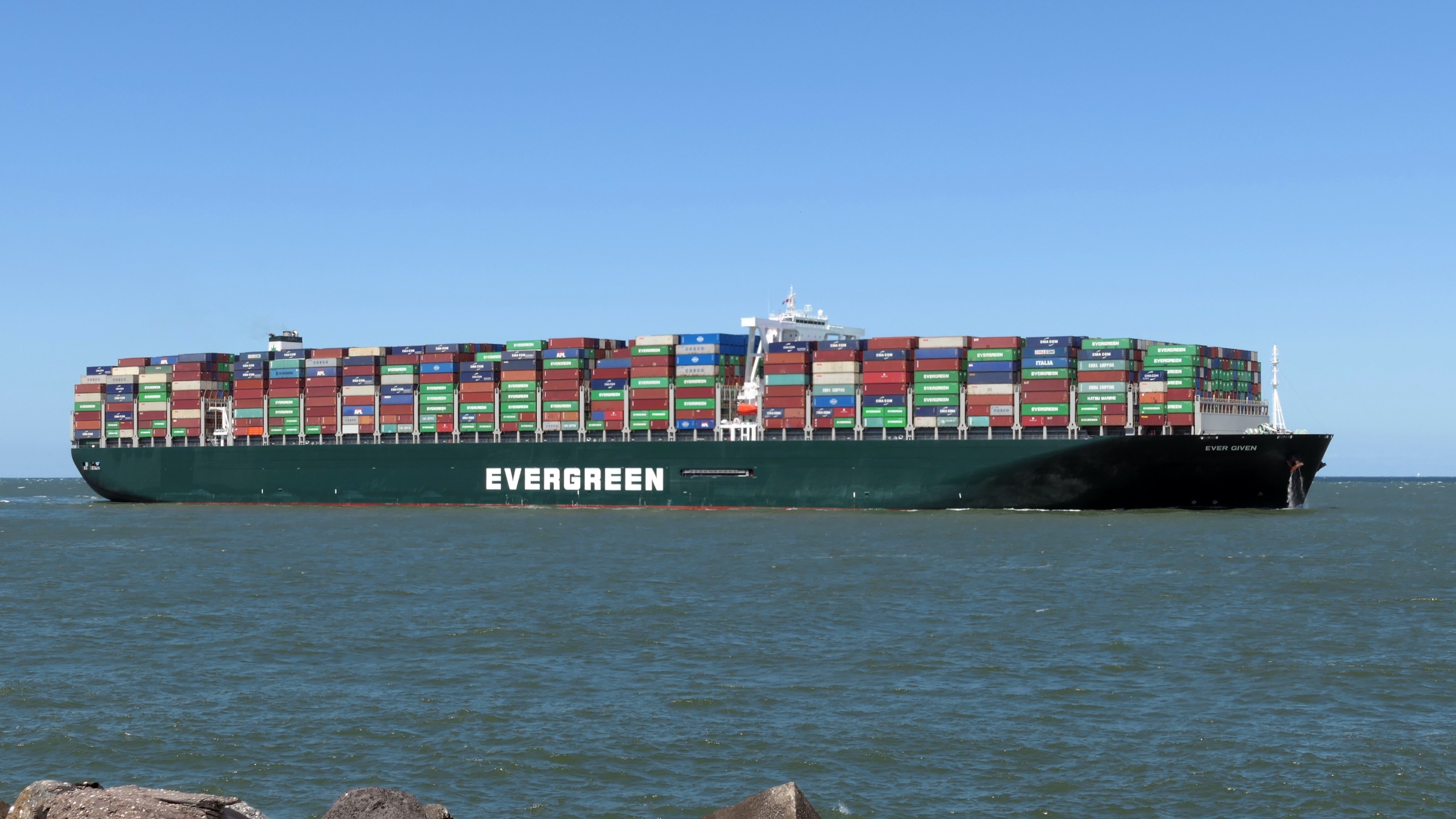A ‘Beached Whale’ in the Suez Canal: Stuck Working Capital

By now, many of you have heard about the “Ever Given,” which has been stuck in the Suez Canal since Tuesday, and is blocking all container ships trying to get through with their cargo. This monster ship, which is as long as the Empire State Building and weighs about 200,000 metric tons, became stuck due to high winds, and no one seems to be able to get it out. It may take weeks, by some estimates. And there are more than 100 ships full of cargo, sitting there… waiting.
This problem is illustrative of several bigger problems that exist with the container ship industry. For many years, as we moved to low-cost countries, the shipping industry benefited. Because procurement executives were so focused on cost, they did not worry about shipment velocity. Likewise, the focus became on reducing transportation costs, which led to container ships getting bigger and bigger over time. They also started moving a lot slower to preserve fuel, and made multiple stops along the way. As a result, a shipment from China to the US could take 12 days, but for it to be unloaded and delivered to the East Coast can take up to 21 days, or with multiple stops, even six weeks. The entire time that material and products are on a ship or in transit, it is considered “working capital,” as it is an asset that is tied up. Any asset that is not producing value is considered waste, and a fundamental of “lean thinking” is that inventory is waste, and time is money. The idea was to put as much product into a container as possible, to boost the density of value of the shipment. This made sense for a long time, as China’s extremely low labor costs were able to justify the money tied up in working capital, but this view has begun to change for all of the reasons we’ve discussed in our book “The LIVING Supply Chain” (Our upcoming book, “FLOW,” will also harp on many of these same themes). Many executives are now thinking more about proximity and velocity as key competitive dimensions. And the whale stuck in the canal is emphasizing that point even further.
The other problem facing the shipping industry is the shortage of containers themselves. China is sending out a lot more exports to the U.S. and Europe than the other way round. Its economy bounced back faster as the virus situation within its borders was basically under control by the second quarter of last year. As a result, containers are stuck in the West when they are really needed in Asia. So ships are literally milling around in Chinese harbors, because they can’t be loaded, because there aren’t enough containers to pack the shipments in. This is causing massive bottlenecks, and shipping costs have gone up by 264%. Well, what about air freight? Can’t we just pay more for premium freight. Nope – there is now a shortage of airfreight capacity as well, as the number of international flights have also plunged.
So what is this costing companies? Lloyd’s estimates that about $5.1B a day goes through the Suez Canal, or ballpark it at around $400M per hour. That’s what its costing companies to have their cargo sit there. That includes everything from air cargo, fire pits, furniture, auto parts and exercise equipment (including that Peloton that you’ve been waiting on for months!).
These events do not bode well for supply chain managers, who have already had a brutal year. It is also another argument for compressing supply chains, as we argue in our forthcoming book, “FLOW.” We pull on numerous case studies focused on how distance prevents quick response, but also the need for cultural localization and relationship management that is key to effective integration of supply chains and continuous improvement. The idea of total cost plays prominently as we start to see the benefits of increased velocity or materials, not just low cost.
I don’t think the beached whale will be moving for awhile…


